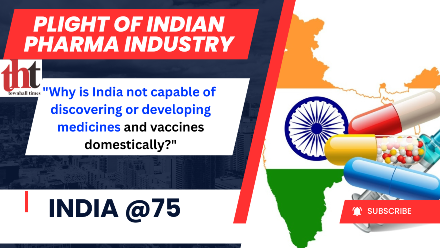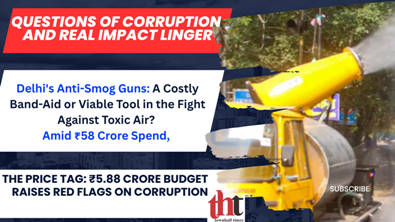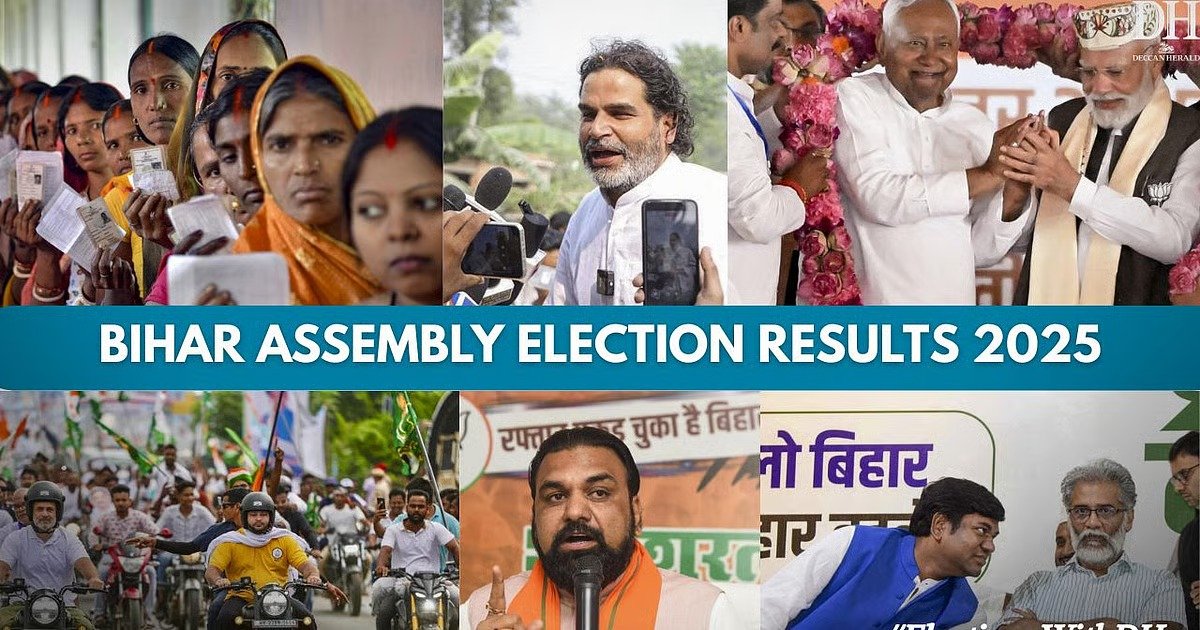Number of Generic/Salt Drugs Produced in India (Borrowed/Copied/Copyright-Free or Under Royalty)India is the world’s largest producer of generic drugs, often referred to as the “Pharmacy of the World.” Most drugs produced are copies of original (innovator) drugs after their patents expire, making them copyright-free. In some cases, production occurs under compulsory licensing or voluntary royalty agreements. Active Pharmaceutical Ingredients (APIs) are often imported, primarily from China.
- Total Generic Brands: India has over 60,000 different generic brands across 60 therapeutic categories. These are mainly copies of patent-expired drugs.
- Production Scale:
- India accounts for 20% of global generic exports (by volume).
- Supplies 40% of the US generic drug demand.
- Provides 25% of medicines in the UK.
- Meets 50% of global vaccine demand.
- Dependence on Imported APIs/Salts: 70-80% of APIs for Indian generic drugs are imported from China. About 60% of total API imports come from China. Some drugs are produced under compulsory licensing, such as:
- Sofosbuvir: For hepatitis C, Natco Pharma received a compulsory license in 2012.
- Imatinib: For cancer, a compulsory license was granted in 2013.
- Total compulsory licenses: Only 4-5 major cases since 2005, primarily for public health.
- Royalty/Voluntary Licensing: Companies like Gilead Sciences have granted voluntary licenses to Indian generic manufacturers for drugs like tenofovir (for HIV), enabling production under royalty agreements. These agreements prioritize public health.
Why the Government of India is Not Spending Enough on Medicine ResearchThe Government of India’s limited spending on pharmaceutical R&D, particularly for new drug discovery, can be attributed to several factors:
- Focus on Generic Drugs: India’s pharmaceutical industry thrives on producing affordable generic drugs, which require less investment than developing new drugs. The government prioritizes public health access over costly R&D for new chemical entities (NCEs).
- Low R&D Budget Allocation: India’s overall R&D expenditure is low, at 0.7-0.8% of GDP (compared to 2-3% in developed nations like the US or China). In 2023-24, the Department of Science and Technology’s budget was approximately ₹7,561 crore (~$900 million), with only a fraction allocated to pharmaceutical research. The Council of Scientific and Industrial Research (CSIR) and Indian Council of Medical Research (ICMR) receive limited funding for drug discovery.
- High Risk and Cost of Drug Discovery: Developing a new drug costs $1-2 billion and takes 10-15 years, with a high failure rate (90% of NCEs fail in clinical trials). The Indian government prefers investing in immediate public health needs, such as vaccination programs or healthcare infrastructure, over speculative R&D.
- Private Sector Dominance: India’s pharmaceutical industry is largely private-driven, with companies like Sun Pharma, Dr. Reddy’s, and Cipla focusing on generics and biosimilars. The government expects private players to invest in R&D, but these companies prioritize profitability over risky drug discovery.
- Policy and Regulatory Challenges: India’s patent laws (e.g., Section 3(d) of the Patents Act) discourage incremental innovation, and regulatory delays in clinical trials deter investment. The government has introduced schemes like PRIP (Pharmaceutical Research and Innovation Program) and the National Biopharma Mission, but funding remains inadequate (e.g., $250 million for the Biopharma Mission over multiple years).
- Dependence on Imports for APIs: The heavy reliance on Chinese APIs (70-80%) diverts focus from self-sufficient R&D. Programs like PLI (Production Linked Incentive) aim to boost domestic API production, but they focus on manufacturing, not drug discovery.
Royalty Paid Abroad for Manufacturing Drugs Under Foreign PatentsQuantifying the exact amount of royalty paid abroad is challenging due to limited public data and varying agreements. However, some insights are:
- Royalty Payments: Indian companies manufacturing drugs under voluntary licenses (e.g., for HIV, hepatitis C, or cancer drugs) typically pay 5-7% royalties to foreign patent holders, such as Gilead Sciences or Bristol-Myers Squibb. For example, Gilead’s licensing agreements with Indian firms for sofosbuvir and tenofovir involve royalties based on sales revenue in specific markets.
- Estimated Royalty Outflow: The Indian pharmaceutical industry’s export market was valued at $50 billion in 2024. Assuming 10-15% of this involves patented drugs under royalty agreements (a conservative estimate), royalties paid abroad could range from $250-500 million annually. This excludes compulsory licensing cases, where royalties are minimal or negotiated separately.
- Compulsory Licensing: In cases like imatinib and sofosbuvir, royalties are either negligible or set by the government (e.g., 0-2% of sales). These are exceptions, as most patented drugs are produced post-patent expiry, avoiding royalties.
- Impact of TRIPS Compliance: Since India became TRIPS-compliant (Trade-Related Aspects of Intellectual Property Rights) in 2005, royalties have increased for drugs still under patent. However, India’s use of compulsory licensing and patent oppositions (e.g., for Novartis’ Glivec) minimizes royalty outflows compared to other nations.
|
Category
|
Data (2025 Estimate)
|
Remarks
|
|---|---|---|
|
New Drugs Discovered
|
~27 (NCEs)
|
Mainly 1990-2020; limited progress
|
|
Generic Brands
|
>60,000
|
Across 60 categories; 69% market share
|
|
API Import Dependence
|
70-80% (from China)
|
Domestic production only 20-30%
|
|
Compulsory License Cases
|
4-5 major
|
For public health emergencies
|
|
Global Generic Exports
|
20% (volume), 40% US demand
|
$50 billion market value
|
|
Royalty Outflow (Estimated)
|
$250-500 million annually
|
For patented drugs under voluntary licenses
|
|
R&D Spending (% of GDP)
|
0.7-0.8%
|
Compared to 2-3% in developed nations
|











Leave a Reply